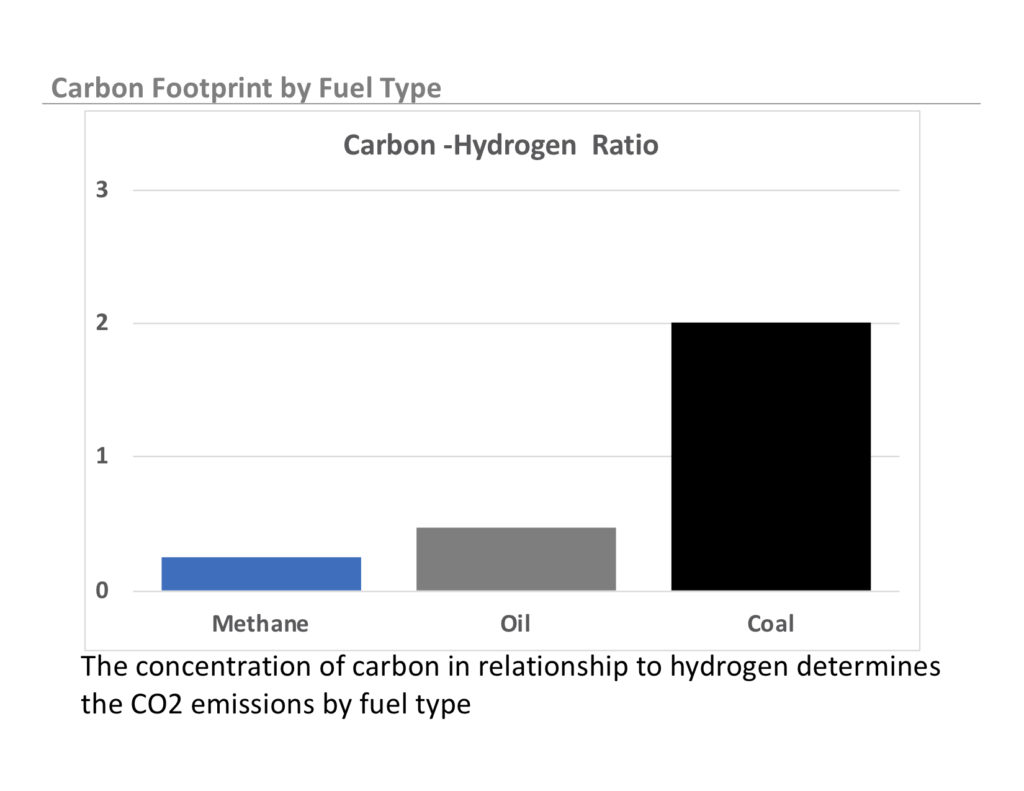3 Metrics to Guide Air Quality Health & Safety
What it Means to Your Business
Key Air Quality Metrics
This post explores how the use of three key air quality metrics can improve the health and safety of your business. Occupant health and safety are paramount in the current environment and sensors that detect harmful compounds can serve as front line of defense. Given these uncertain times, efforts to reduce risks and improve environmental conditions, will help to better support employees and build customer trust.
Begin the process by establishing a goal such as sustainability or worker productivity. From your goal or objective identify metrics that are aligned with the goal, and then measure your progress toward the goal. Deploying this process improvement framework will improve your business in measureable ways. In this manner we are transforming metrics and data analytics into performance improvement aligned to desired outcomes including sustainability and energy efficiency.
Our approach is to identify metrics aligned to your goals and objectives and provide an analytics framework to assess performance. This involves data curation, our proprietary data architecture and machine learning algorithm to provide context, perspective and visual insight. Key is performance benchmarking for health, safety, sustainability and energy efficiency. These are core environmental metrics and process capabilities that will transform your business model.
To zero-in on important indoor air health metrics, cost effective sensors are required. Based on health and energy efficiency objectives, we found these core indoor environmental metrics, namely carbon compounds including: CO2 and methane, Volatile Organic Compounds (VOCs), and particles. In our previous post, Green Econometrics discussed Air Changes per Hour (ACH) as a measure of air filtration performance – how many times does the air in a room change in an hour? In this manner, monitoring CO2 levels can serve as a proxy for determining acceptable ACHs. It is more cost effective to monitor the number of room air changes per hour using air filtration than to deploy expensive sensors to detect pathogens and viruses.
